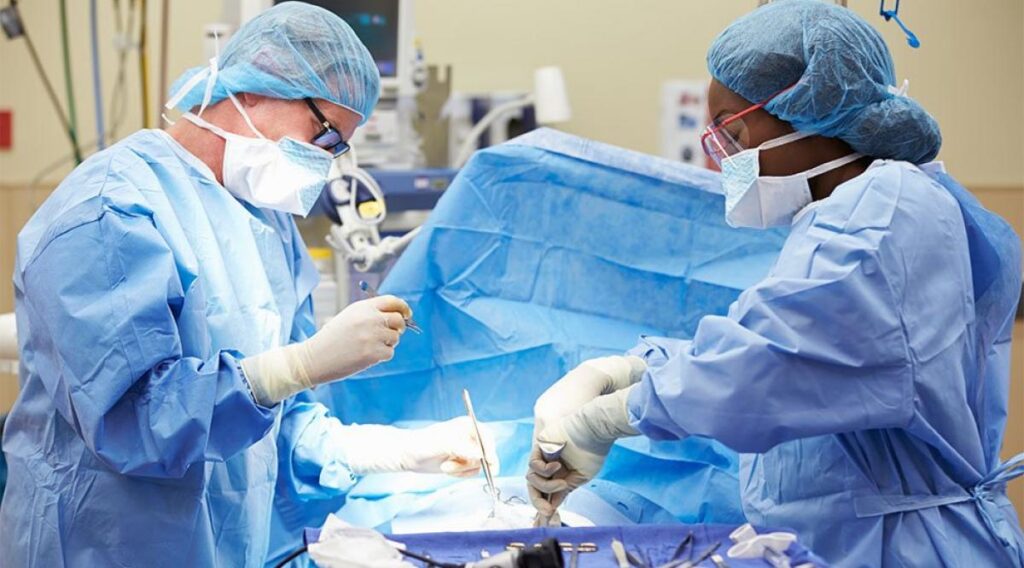Introduction:-
Total hip replacement (THR) is a common orthopedic procedure designed to relieve pain and restore function in patients with severe hip arthritis or injury. This blog post will explore what THR involves, the benefits, the surgical process, and the recovery journey.
What is Total Hip Replacement?
Total hip replacement, also known as hip arthroplasty, is a surgical procedure where damaged parts of the hip joint are replaced with artificial components. These components mimic the hip’s natural movement, providing relief from pain and improving mobility.


Why is Total Hip Replacement Needed?
THR is typically recommended for individuals suffering from severe hip pain due to osteoarthritis, rheumatoid arthritis, or post-traumatic arthritis. When other treatments such as medications, physical therapy, and lifestyle changes fail to relieve symptoms, THR becomes a viable option.
The Benefits of Total Hip Replacement
- Pain Relief: The most significant benefit is the reduction or elimination of hip pain.
- Improved Mobility: Patients often experience increased mobility and range of motion.
- Better Quality of Life: Enhanced ability to perform daily activities and engage in physical activities.
- Long-lasting Results: Modern hip replacements can last 15-20 years or more.


The Total Hip Replacement Procedure
- Pre-Surgery Preparation: This includes medical evaluations, imaging tests, and discussions about anesthesia.
- Surgery: The surgeon makes an incision to access the hip joint, removes damaged cartilage and bone, and positions the artificial hip components.
- Post-Surgery Care: Immediate post-operative care involves pain management, wound care, and starting physical therapy.
Recovery and Rehabilitation
Recovery from THR involves a combination of rest, physical therapy, and gradual return to activities. A typical recovery timeline includes:
- Week 1-2: Managing pain, starting gentle exercises, and using assistive devices.
- Week 3-6: Increasing physical therapy, improving range of motion, and reducing reliance on assistive devices.
- Week 7 and Beyond: Continuing strengthening exercises and returning to normal activities.


Tips for a Successful Recovery
- Follow Your Surgeon’s Advice: Adhere to all post-operative instructions and attend follow-up appointments.
- Stay Active: Engage in recommended physical therapy exercises to regain strength and mobility.
- Maintain a Healthy Diet: Proper nutrition aids in healing and recovery.
- Avoid Strain: Gradually increase activity levels to avoid putting undue stress on the new hip joint.
Conclusion :-
Total hip replacement is a highly effective procedure for those suffering from debilitating hip pain. With proper preparation, a skilled surgical team, and diligent post-operative care, patients can look forward to a significant improvement in their quality of life. If you’re considering THR, consult with an orthopedic specialist to discuss your options and develop a personalized treatment plan.


